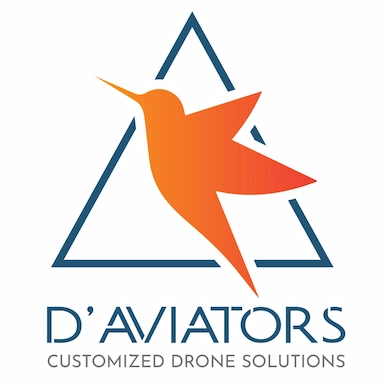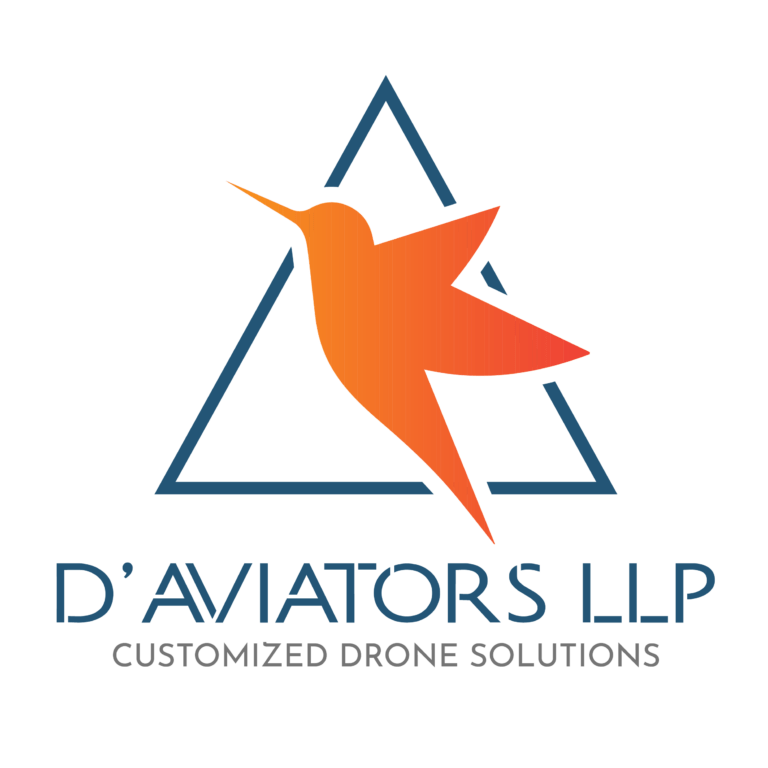India’s Director General of Civil Aviation (DGCA) has released the long awaited drone policy for their operation by Civilians and Indian companies.
The drone policy can simply be distilled by one very simple specification – the weight of the Drone being flown. Based on the weight of the Drone you own, the flying permissions you need to procure will be different. The manufacturer or importer of a drone needs to make sure that the product’s communication frequency (which is usually the same frequency used by a home’s WiFi) has received a clearance to operate from the Department of Telecom’s (DoT’s) Wireless Planning Commission (WPC), referred to as an Equipment Type Approval (ETA). While you as an operator do not have to approach the WPC to get a clearance, the manufacturer of your drone has to. If your drone does not have an ETA, send in a request to the manufacturer of your drone, as this is going to stop any legal flying you are going to do, regardless of which category your drone falls under.
For the categorisation, the DGCA breaks down the different categories based on their total weight (including cameras and all sensors) as follows:
- Nano – weighing less than or equal to 250 grams
- Micro – weighing greater than 250 grams, but less than or equal to 2 Kilograms
- Small – weighing greater than 2 Kilograms, but less than or equal to 25 Kilograms
- Medium – weighing greater than 25 Kilograms, but less than or equal to 150 Kilograms
- Large – weighing greater than 150 Kilograms

If your drone is in the Nano category, you can fly unrestricted below 15 meters. This category is exempt from procuring both a Unique Identification Number (similar to a license plate on a car) and an Unmanned Aircraft Operating Permit (similar to a driver’s license).
The permissions required start to scale up past this weight limit. If your drone falls under the Micro category and you intend to fly below 60 meters, you will need to procure a Unique Identification Number (UIN) for your drone. For this, you will need to file an application (which costs ₹1000) with the DGCA.
For this application, you will need to make sure you have the following:
- Specification sheet, User Manuals, Maintenance Guidelines, Weight & Maximum Capacity of UAV, etc
- Equipment Type Approval (ETA) from the Wireless Planning Commission
- A Security Clearance from the Ministry of Home Affairs
Once you receive your UIN, you need to mount this on a fire-resistant plate on your drone, similar to a car’s license plate.

For drones in the Small categories and up, in addition to getting a Unique Identification Number, you will also need to procure a Unmanned Aircraft Operator Permit (UAOP), which is basically a pilot’s license.
To apply for a UAOP, you will need:
- UIN Number of the drone
- Details of training records (With ground training done from a DGCA approved Flight training school)
- Security programme from Bureau of Civil Aviation Security (BCAS)
- Permission of Landowner for Takeoff & Landing
- Insurance Details (If applicable)
- Standard Operating Procedures (If you are unsure of this, approach the manufacturer of your product for assistance).
- Details of fees paid
Now that we’ve covered the licenses for you and your drone, let’s move on to the permissins required for flying.
To ensure the safe and legal operation of your drone, the DGCA has the following guidelines:
- Always fly during the day & within visual range of your drone
- Make sure there is ample visibility (5km) and a cloud ceiling of at least 400m
- Make sure other weather conditions permit the drone to fly based on the manufacturer’s specifications and restrictions (such as rain, temperature, wind speed etc).
- Inform the local police authorities of your flight
- Make sure you have your communication radio ready to talk to the closest Air Traffic Control (ATC) and follow the appropriate communication guidelines you have learnt during your training (Small & above)
- Make sure you aren’t flying near any restricted areas such as Airports or National Parks (For further information on what areas are restricted for flying, refer to the policy document If you still wish to fly in these locations, the DGCA can approve your flight on a case-by-case basis)
- Ensure you have(Nano drones flying below 15 meters and micro drones flying below 60 meters are exempt from this):
- Briefing from Air traffic Control
- Briefing from MET (Meteorological department of India)
- Clearance from nearest ATC
- Air Defence Clearance from nearest Indian Air Force Unit
- FIC number from Flight Information Center
Once you have completed the above, get a permission slip for the flight from the Digital Sky Platform*. Once the slip has been received, the Drone’s autopilot should now be active and ready to perform the flight.
The drone industry is an exciting one with a myriad of applications in the Civil domain. With the policy finally in place, we can now look forward to safe and legal operations.
Happy Landings !!!


